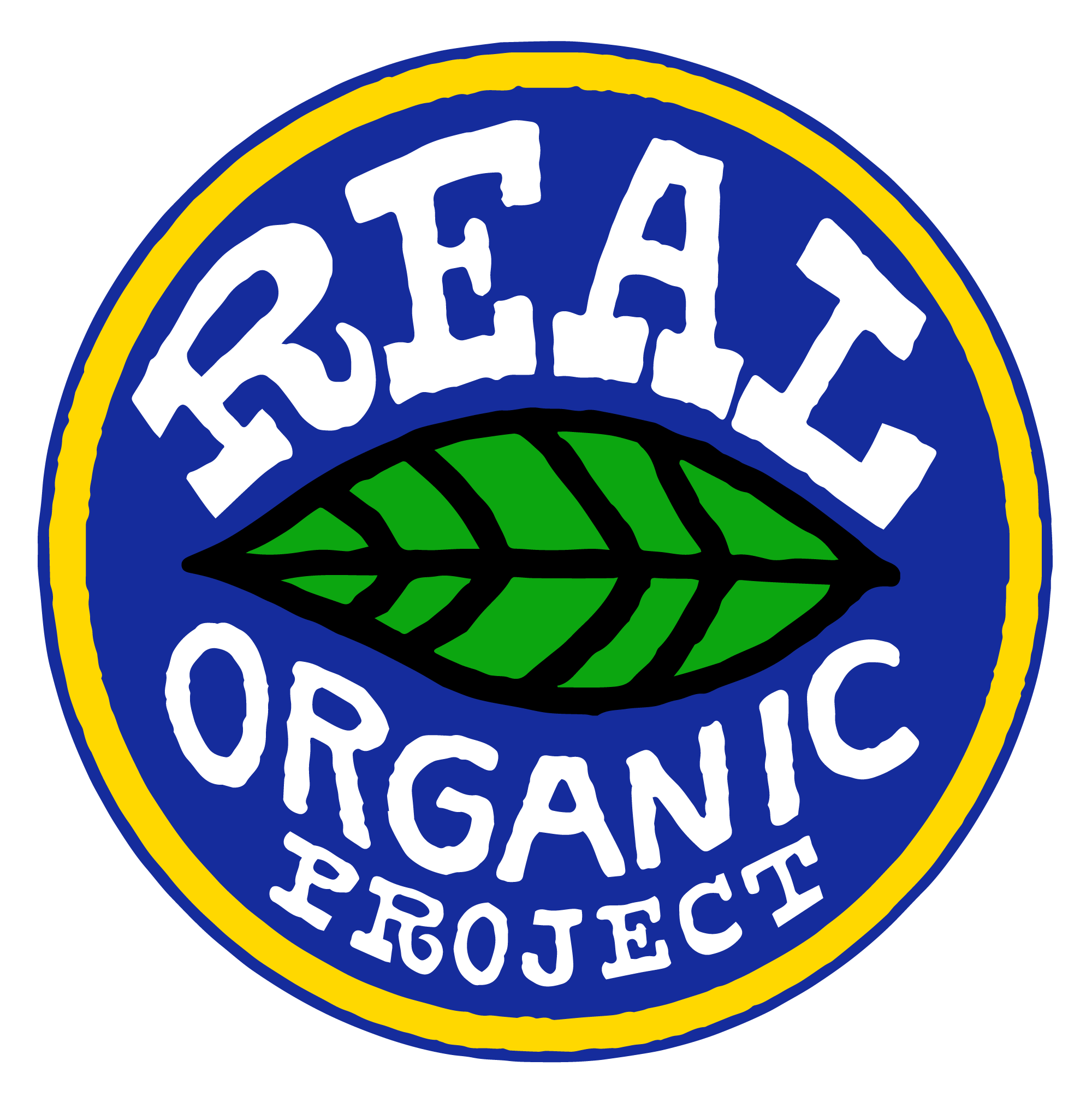Cheap Food High Costs
This week’s Know Your Farmer video of Skokomish Valley Farm details the success that results from many people working together toward a common vision.
The organic movement has a deep history of decentralized, small and productive farms that are vital to economic, social, and environmental health.
But there is a false agricultural narrative creeping in. It goes something like “small farms are nice, but only big farms can feed the world. Without the efficiencies of Big Ag, people will inevitably starve.”

Laying hens at Skokomish Valley can get up to a third of their diet from insects and pasture (while fertilizing the grass as they roam).
The notion of “cheap food” is used by corporations to justify chemical use, animal cruelty, pollution, low wages, sick farmworkers, and the displacement of millions of farmers off their land. But with all these side effects, should the food really be considered cheap?
Producers that flood the market with cheap food not only compromise on environmental health, but they also fail to feed people as promised. When farms become consolidated and isolated from communities for the sake of efficiency, food deserts — areas where people have extremely limited access to healthy food — are created and amplified.
It has been disturbing to see the same flawed reasoning infiltrating the organic sector.
The organic brand is witnessing the perpetuation of the same “get big or get out” myth that infected conventional farming. This time it goes something like, “In order to feed the world cheap organic food, we must compromise organic values and standards for greater efficiencies.”

Biodiversity at Skokomish Valley Farm attracts beneficial insects.
I don’t buy it. First of all, I have seen many Real Organic farms in my travels that have scaled up and still maintained the fundamental pillars of organic farming: health, ecology, fairness and care. There is no need to compromise our standards;
Real Organic farmers will fill the demand when real transparency exists in the marketplace.
Secondly, we must address the real costs of unchecked corporate capitalism. What are the consequences of consolidated wealth, decision making, and power? Not to mention the environmental costs of extraction, heavy inputs, and fossil fuel use. What are the costs of nutrient run-off from soluble fertilizers? What are the costs of animal confinement? The efficiencies that consolidation can bring sometimes are not worth the social and environmental costs.
Real Organic farming is not impossible on bigger farms. But the intensive land stewardship organic entails when done well inevitably results in the proliferation of much smaller farms than those dominating industrial agriculture today.

Soils rich in carbon are black and spongy and result from good organic practices. They absorb water when it rains and hold onto nutrients instead of allowing both to run off the farm.
Soil systems thrive when billions of interdependent diverse microbes interact. We too must foster the biodiversity of farms within our movement. This will prevent the consolidation of organic into the hands of the powerful few selling a false promise of cheap organic.
This is what the Real Organic Project is about.
Yours in the dirt,
Linley

